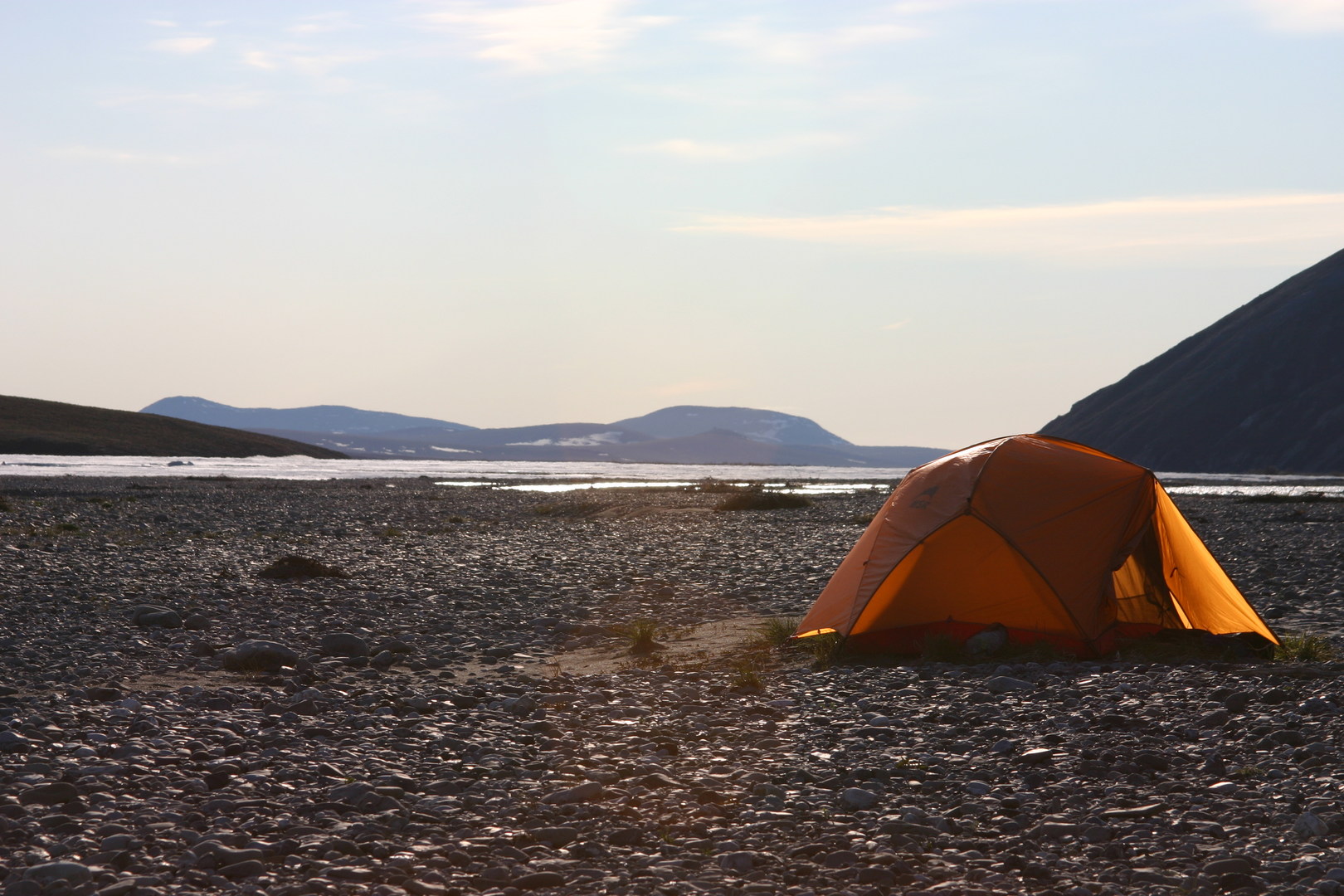You are here
You have probably heard the name Arctic National Wildlife Refuge pop up in the news or on social media lately. You might even know that it’s a piece of land in the northeast corner of Alaska that was opened to drilling last month with the passage of the Republican tax overhaul.
But how much do you know about this refuge and the diverse species and cultural resources it supports? What do we have to lose if an oil spill and resource-extraction-related development mars this fragile landscape, one of the last truly wild places on this continent?
First of all, this 19.2 million acres of previously protected land is called a wildlife refuge for a reason. It supports more plant and animals species than any other swath of public land in the Arctic Circle. Polar bears prowl the frozen coastline, wolves run free, muskox graze in river valleys, and grizzlies feed on over 40 different species of fish running the Sheenjek River and other tributaries of the Brooks Range. The Arctic National Wildlife Refuge is also the breeding ground of over 200 species of birds, making it one of the world’s largest migratory destinations.
With all the diverse species that make their homes here, it’s hard to say one animal stands out above the rest, but it is impossible to talk about the refuge without mentioning the biological and cultural importance of the porcupine caribou. Nearly 200,000 of these nomadic ungulates give birth to their calves on the coastal plains before migrating father into the mountains each year. The porcupine caribou are scared to the indigenous Gwich'in people. According to the Sierra Club, “approximately 9,000 Gwich’in live throughout the Yukon Territory of Canada and northern Alaska, clustered into 15 distinct communities including Arctic Village. Each community is on or near the migration path of the porcupine caribou and the Gwichi’in people rely on the caribou as a vital source of food and clothing. These are the self-described "Caribou People," and they fear the destruction of their lifestyle.”
Visitors to the area come for wildlife viewing, hunting and angling, rafting and floating the rivers, camping and hiking. The area is known as America’s Serengeti, and the only human settlement in close proximity to the Arctic National Wildlife Refuge is the tiny 240-person village of Kaktovik.
Established in 1960 and expanded in 1980, the Arctic National Wildlife Refuge has been a contentious candidate for drilling since 1977. Thanks to the last 40 years of environmental activism, this federal reserve has escaped natural resource extraction. Eight of the 19 million acres contained within its boundaries are part of a designated wilderness area, the highest level of conservation in the U.S. This means no roads or permanent structures can be built here.
Unfortunately, Congress opened the Arctic National Wildlife Refuge to drilling on December 20, 2017, with the passage of the Republican Tax Bill. Although we’re likely a couple of years away from seeing drilling in the federal preserve, this legislation greatly threatens the wild and pristine region.
Proponents of drilling in the Arctic National Wildlife Refuge, including the Republican Senator for Alaska Lisa Murkowski, cite bolstering the local economy as one of the justifications for this new bill. Outdoor enthusiasts, however, have the potential to grow the economy on their own through tourism and prioritizing sustainable adventure over natural resource extraction.
Anglers, hikers, wildlife observers, paddlers, and other outdoor enthusiasts will find no shortage of beauty or adventure in the refuge. Consider booking a guided trip through a local outfitter and voting with your money if you can spare the time and funds to travel to the area this summer. Visit this U.S. Fish and Wildlife Resource to learn more about planning your trip.
The fight to protect the Arctic National Wildlife Refuge isn’t over. Organizations like the Sierra Club are committed to advocacy efforts in preserving this unique and important landscape, and they are also a great resource for people interested in calling their senator and expressing their concern about the implications of the new tax legislation decision.




Comments
Sign In and share them.